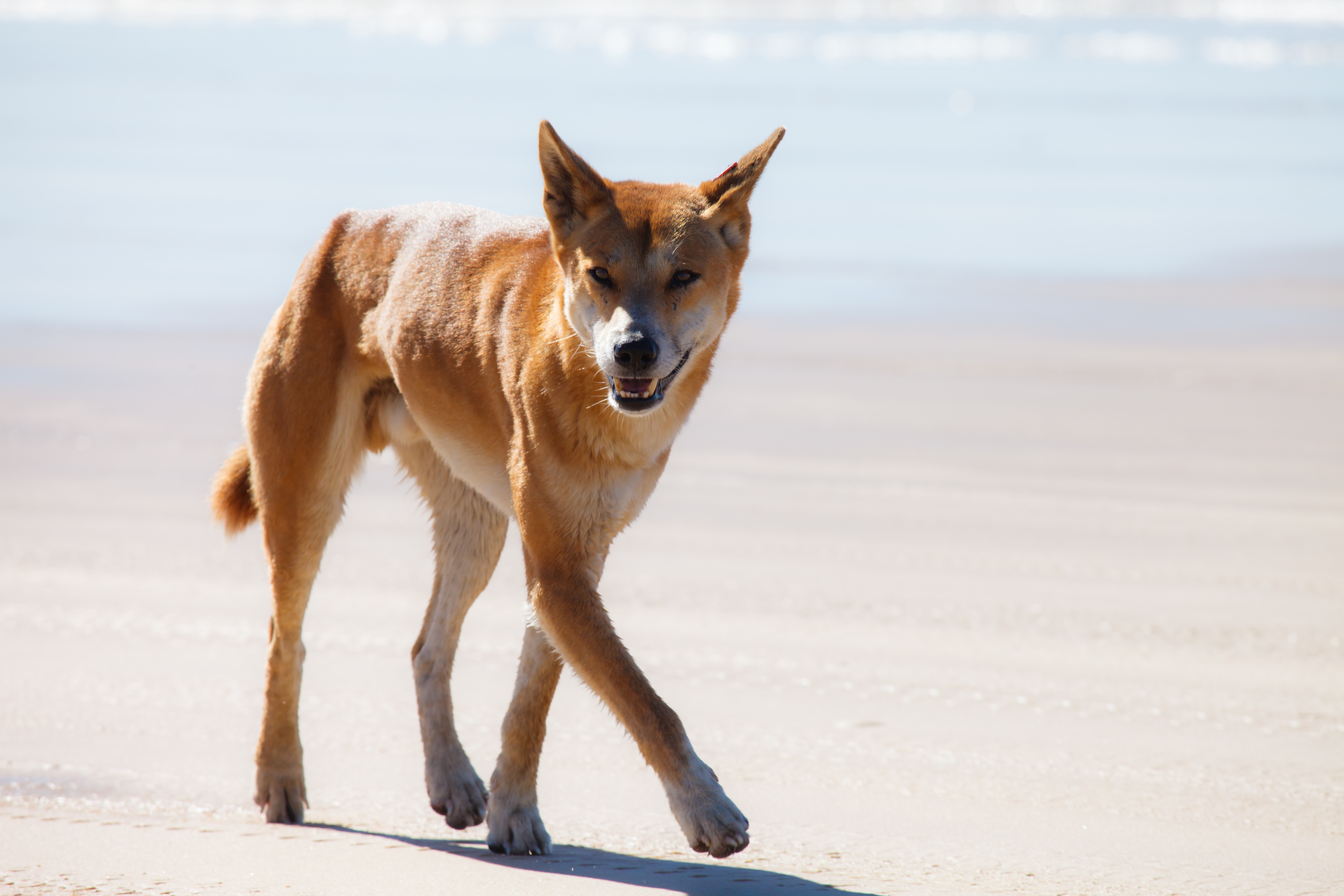A new essay in scientific journal Conservation Biology provides an Australian perspective on rewilding.

As an exciting, innovative and forward-looking approach to conservation, rewilding is now gaining traction and delivering positive outcomes across the globe. An interesting new essay in scientific journal Conservation Biology gives readers an updated review of rewilding in Australia, where rewilding projects are gradually becoming established and scaling up. The essay is co-authored by Dr. Oisin Sweeny, a senior ecologist with the National Parks Association of New South Wales, who gave a short presentation via video at Rewilding Europe’s Wild Ways event in 2017.
Australian geography and the prevalence of invasive species has largely defined rewilding efforts to date. As an island continent, Australian fauna and flora (particularly small mammals) has suffered greatly from impacts arising from the introduction of foxes and cats, which have already played a leading role in at least 25 Australian mammal extinctions, according to the Threatened Species Recovery Hub.
“This has meant that rewilding in Australia has often – perhaps counterintuitively – included the use of fenced exclosures into which small mammals are reintroduced and introduced predators excluded,” explains Sweeney. “Efforts are being made in some of these areas to ‘educate’ small mammals to recognise foxes and cats, with the aim of improving their survival chances beyond fences.”

While the nature of Australian rewilding may be unique, Sweeney believes that European rewilding practitioners can learn lessons from rewilding efforts on the other side of the world.
“The decline and extinction of small mammals in Australia has resulted in the loss of diverse ecosystem functions,” explains the Irishman. “This guild may also play a critical role in the landscapes of Europe, and this could therefore be a future consideration of European rewilding. A lot of small mammals in Europe, such as mustelids, have a hard time for a variety of reasons.”
As in Europe and other parts of the world, the inclusion of people is vital to the success of Australian rewilding outcomes. Approximately 70% of the Australian population lives in cities, and 85% in urban areas. The authors of the essay posit that urban rewilding is therefore a high priority in Australia, not only to boost ecosystem function, but to demonstrate tangible outcomes and increase public engagement.
“Rewilding can help connect and reconnect Australians with nature,” says Sweeney. “Because rewilding reverses local extinctions through reintroductions, it can enthuse people and make them more optimistic about wild nature in general.”
To complement projects in urban areas, the essay also calls for high-profile, achievable rewilding initiatives that restore key ecosystem functions and processes at landscape scale.
“In the short to medium-term it would be great to see some landscape-scale projects start to adopt the principles of rewilding,” says Sweeney. “At the moment, Australian rewilding projects tend to be small-scale and focus on the reintroduction of small mammals. Australia really needs a rewilding vision (like Rewilding Europe’s manifesto), and greater recognition in policy.”
- Read the full Conservation Biology essay on Australian rewilding here.
